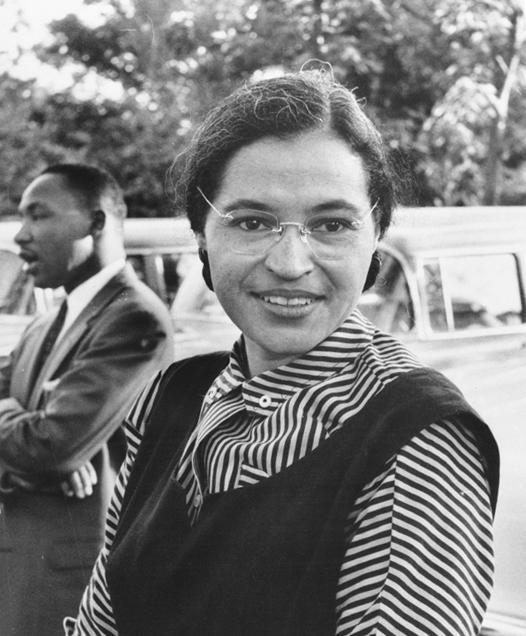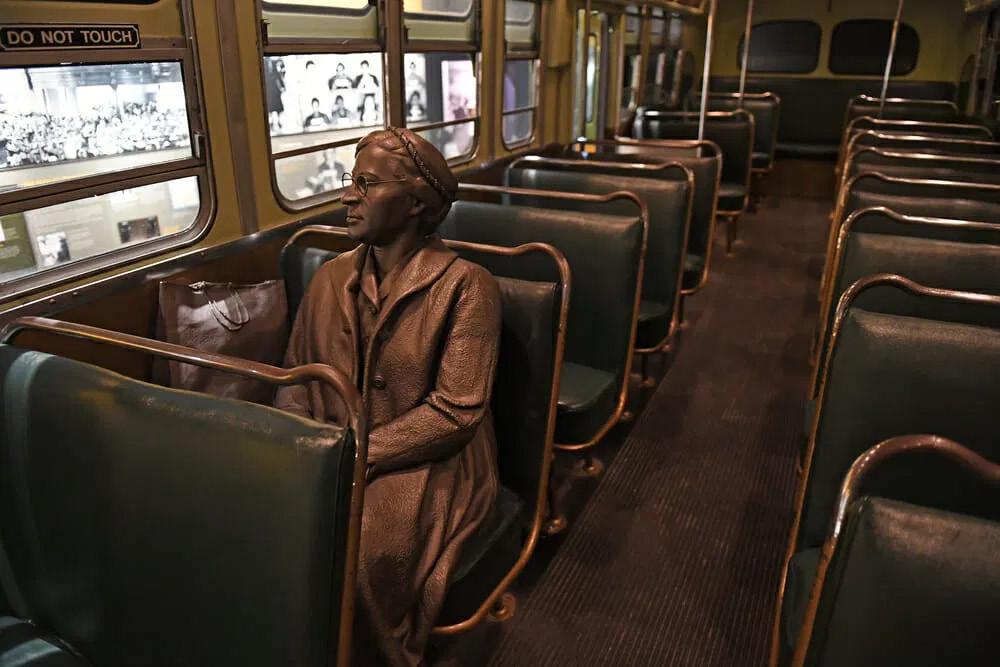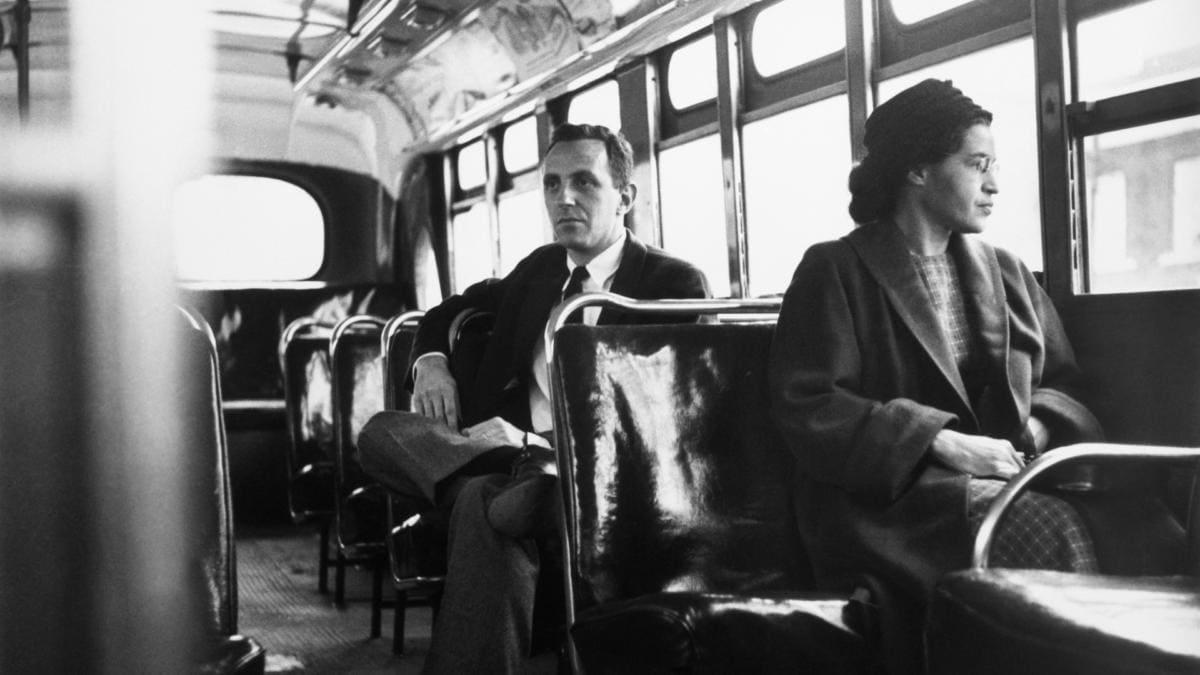
2 minute read
27
from LINK #169
by NGO K.A.NE.
ROSA PARKS:
AN ICON IN THE FIGHT AGAINST RACIAL DISCRIMINATION
Advertisement
Rosa Parks was born on February 4, 1913 in the town of Tuskegee, Alabama. Her mother, a teacher, instilled in her values of equality and freedom and educated her at the Montgomery Industrial School for Girls, founded by whites in the North for black children in Montgomery, the former capital of the Confederate States. At the turn of the 20th century, Alabama is applying institutional racism in accordance with a United States Supreme Court ruling, Plessy v. Ferguson, returned May 18, 1896. According to the doctrine of "separate but equal", the latter authorizes the southern states to impose by law measures of racial segregation. To get to school, the girl therefore makes the trip on foot, because the buses are reserved for whites.
At 19, she married Raymond Parks, a civil rights activist and section member of the National Association for the Advancement of Colored People (NAACP) in Alabama, and graduated from high school two years later - a rare occurrence for blacks. back then, and more for black women. Her level of education is not enough to make people forget her skin color, and the young woman can only work in manual professions: seamstress, housekeeper or nurse's aide. From 1943 onwards she militated at the NAACP, a supporter of desegregation, where she served as secretary.
On March 2, 1955, the act of civil disobedience took place which made her go down in history: when she returned home after a day's


work, she moved into the section of the bus reserved for whites, and refused to leave. 'move when the driver asks him to move. Outraged, the driver calls the police, and the story ends up in court. Rosa Parks then becomes the symbol of the rebellion.
Indicted for public disturbance and disobeying local segregation laws, she turns her defense to attorney Edgar Nixon, an influential member of the NAACP. The latter, immediately grasping the symbolic significance of the coming fight, entrusts the defense of Rosa Parks to a white lawyer, Clifford Durr, who turns his client's defense into an anti-segregation manifesto. At the same time, a group of African-American activists gathered around a then unknown young pastor: Martin Luther King. Together, they set up a civil disobedience movement and decide to boycott Montgomery buses. Blacks in solidarity with the movement, joined by whites opposed to segregation, stop using public buses: they go to work on foot, by bicycle or in taxis driven by black drivers who lower their fares. Nothing pushes back the militants, neither the arduousness of journeys without public transport, nor the attacks perpetrated against Martin Luther King and Edgar Nixon. The boycott will last 381 days.
Author: Emma










